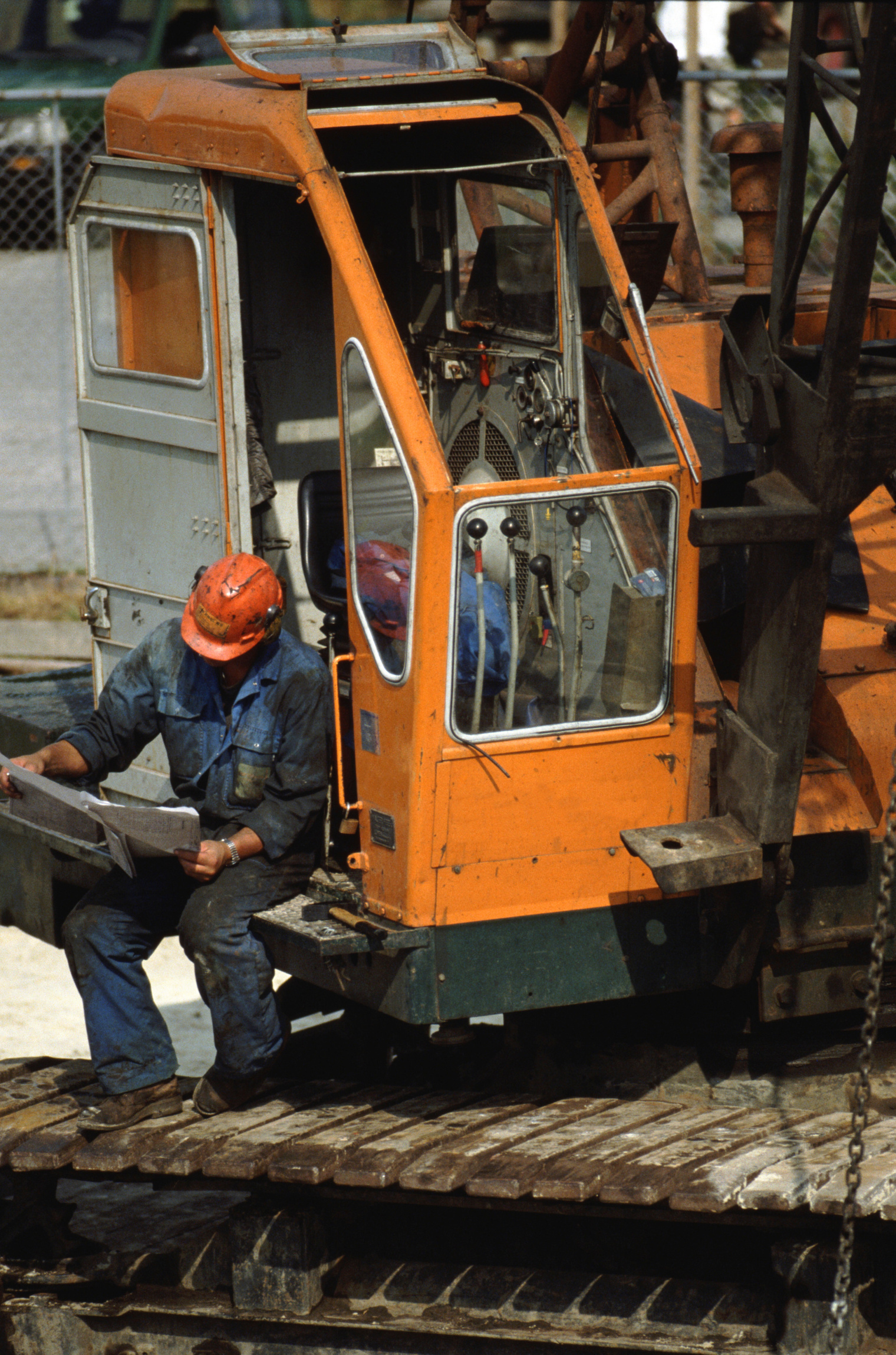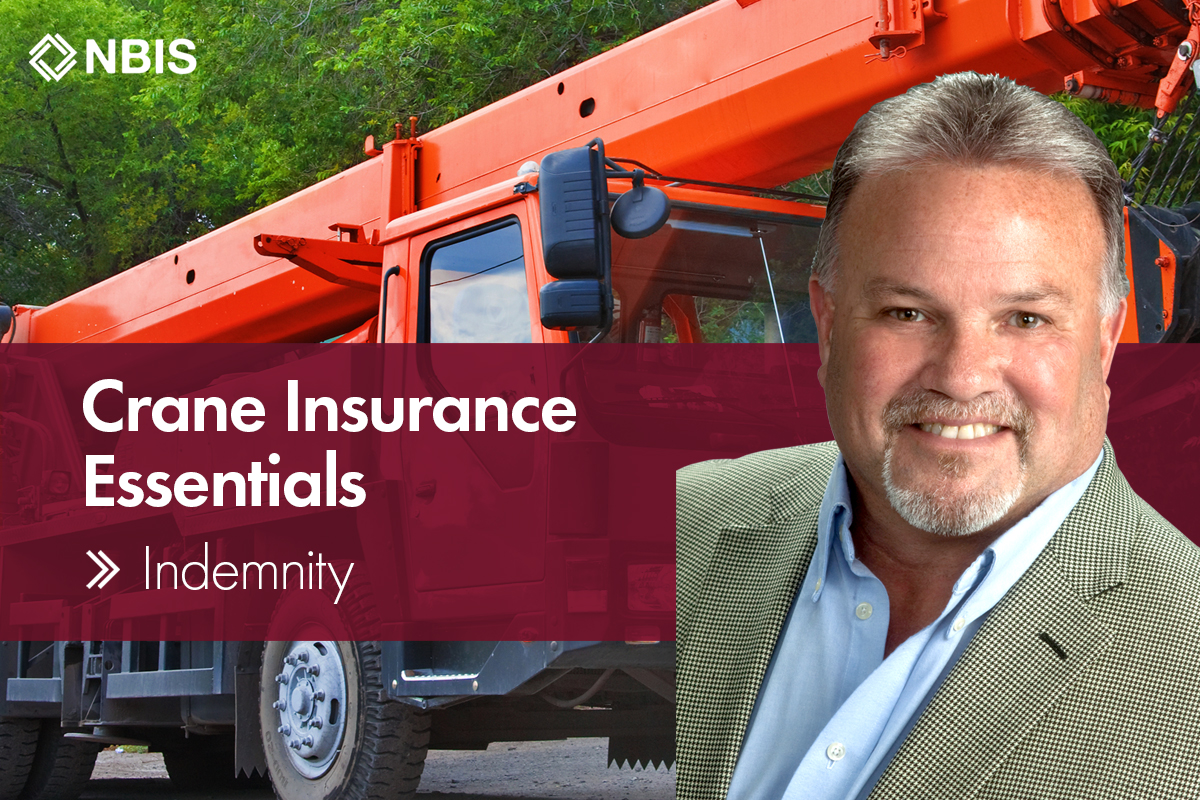What’s the difference?
The U.S. Department of Labor’s Occupational Safety and Health Administration (OSHA) published a final rule that is now in effect and clarifies certification requirements for crane operators while maintaining the employer’s duty to ensure that crane operators can safely operate the equipment.
Under the final rule, employers are required to train operators as needed to perform assigned crane activities, evaluate them, and document successful completion of the evaluations. Employers who have evaluated operators prior to December 9, 2018, will not have to conduct those evaluations again, but will only have to document when those evaluations were completed.
The rule also requires crane operators to be certified or licensed, and receive ongoing training as necessary to operate new equipment. Operators can be certified based on the crane’s type and capacity, or type only, which ensures that more accredited testing organizations are eligible to meet OSHA’s certification program requirements. The final rule revises a 2010 requirement that crane operator certification must specify the rated lifting capacity of cranes for which the operator is certified. Compliant certifications that were already issued by type and capacity are still acceptable under this final rule.
- Certification
- An operator can meet OSHA’s certification requirements by obtaining certification from an accredited, third-party crane certification organization as described in paragraph (d) of the final rule.
- An employer can also comply with OSHA’s standard by developing an employer-audited program as described in paragraph (e) of the final rule and use this program to certify operators it employs.
- Finally, per paragraph (c) of the final rule, operators can meet OSHA’s certification requirements by obtaining a state or local crane operator license that meets OSHA’s requirements.
- Qualification
Qualification is defined simply as whether or not you can correctly and safely perform the job you are asked to perform. Qualification also asks the question: Can you perform the task at the level required? It’s important to note that certification doesn’t necessarily lead to qualification.
- Evaluation
- In addition to ensuring that an operator is properly certified, an employer must also evaluate the operator to ensure that the operator has the skills, knowledge, and ability to recognize and avert risk to operate the equipment safely.
- This evaluation must be done by a person who has the knowledge, training, and experience necessary to assess operators.
- Once an operator has passed an evaluation on one piece of equipment, the employer may allow that operator to operate different equipment without further evaluation if the employer can demonstrate that operating that equipment would not require substantially different skills, knowledge or ability to recognize and avert risk.
- The evaluation must be documented and provide the operator’s name, the evaluator’s name and signature, the date of the evaluation, and the make, model, and configuration of equipment used in the evaluation.
- The employer must be able to make the documentation of the evaluation available on the worksite for as long as the operator is employed by the employer (electronic availability at the worksite is one way to satisfy the requirement).
- Finally, when the employer needs to provide retraining, such as when an employer becomes aware that an operator is not competent in a necessary aspect of safe crane operation, the employer must also re-evaluate the operator with respect to the subject of the retraining.







